Cleaning your ceramic grill regularly is essential to maintain its performance and extend its lifespan. Over time, buildup of grease, food residue, and carbon deposits can affect the grill’s efficiency and the flavor of your food. With the right techniques and tools, you can easily keep your grill in top condition. In this guide, we’ll walk you through step-by-step instructions how to clean ceramic grill, ensuring it continues to deliver delicious meals every time you fire it up.
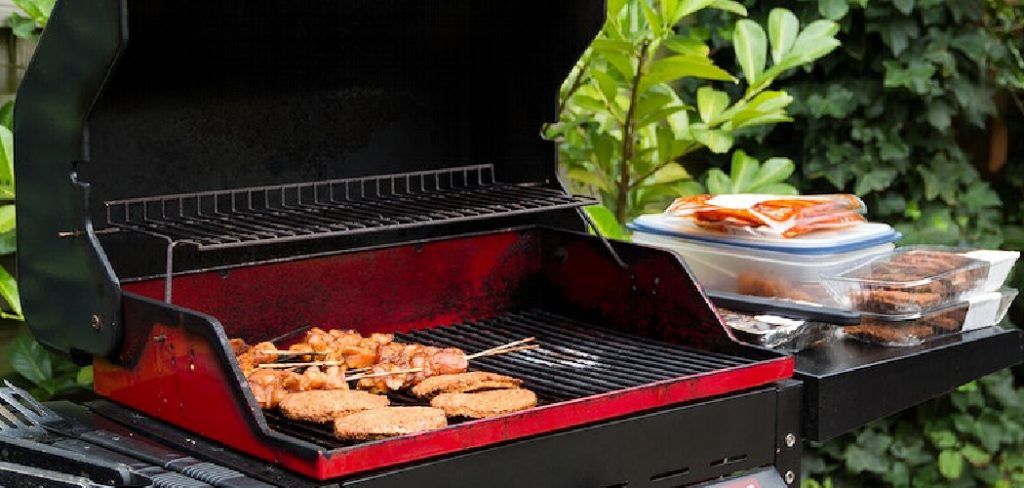
Importance of Regular Cleaning
Regular cleaning of your ceramic grill is crucial for several reasons. First and foremost, it ensures the grill operates efficiently, as excess buildup can obstruct heat distribution and airflow. Clean surfaces help in achieving consistent cooking temperatures, which is essential for grilling perfection.
Additionally, a well-maintained grill can reduce unwanted smoke and flare-ups, improving the flavor of your food and preventing potential food contamination. Routine cleaning also increases the longevity of your ceramic grill by preventing corrosion and wear, saving you money in the long run. Lastly, maintaining a clean grill is essential for health and safety, ensuring every meal is cooked in a hygienic environment.
Tools and Supplies Needed
To effectively clean your ceramic grill, gather the following tools and supplies before you begin:
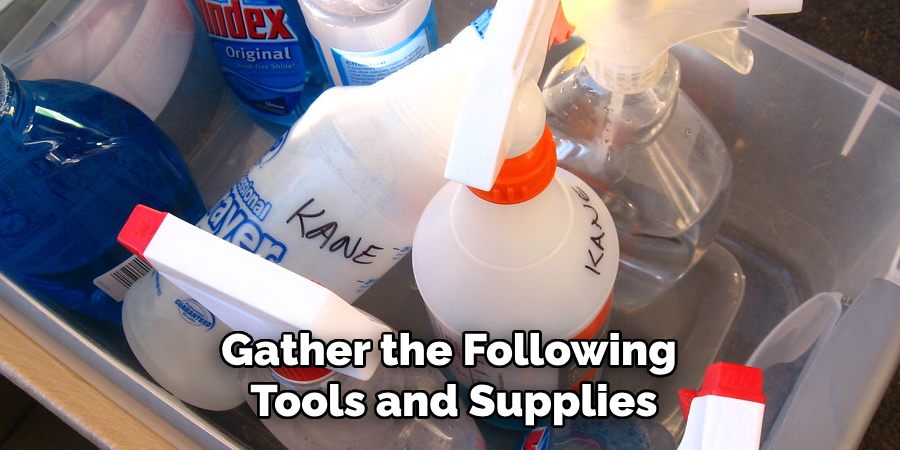
- Grill Brush: A brush with soft bristles is ideal to avoid scratching the ceramic surface. It helps in removing stubborn food particles and carbon deposits.
- Scraper: A plastic or wooden scraper can assist in loosening stuck-on food without damaging the grill’s finish.
- Microfiber Cloths: These are great for wiping down surfaces and adding a final polish.
- Warm Soapy Water: Mild dish soap mixed with warm water is perfect for deep cleaning, ensuring grease and residue are effectively removed.
- Non-Abrasive Cleaning Pad: Use this for tackling tougher stains and areas without scratching the ceramic.
- Bucket: Handy for mixing cleaning solutions and rinsing tools as you clean.
- Vinegar or Baking Soda (optional): These are natural cleaning agents for dealing with difficult stains or odors, offering an eco-friendly alternative.
Having these tools and supplies ready will streamline the cleaning process and help you maintain your ceramic grill’s pristine condition.
10 Methods How to Clean Ceramic Grill
1. Pre-Heat the Grill to Loosen Residue
Preheating is an essential first step in cleaning a ceramic grill. Start by closing the grill lid and setting it to high heat for 10-15 minutes. The heat loosens food residue and grease, making them easier to remove. After heating, let the grill cool slightly but not completely, as warm surfaces help loosen debris. Use a stainless steel or brass bristle brush to scrub off softened residue from the grate. Be careful to avoid scratching the ceramic surfaces; focus on gentle, circular motions. This step can often eliminate the bulk of built-up residue.
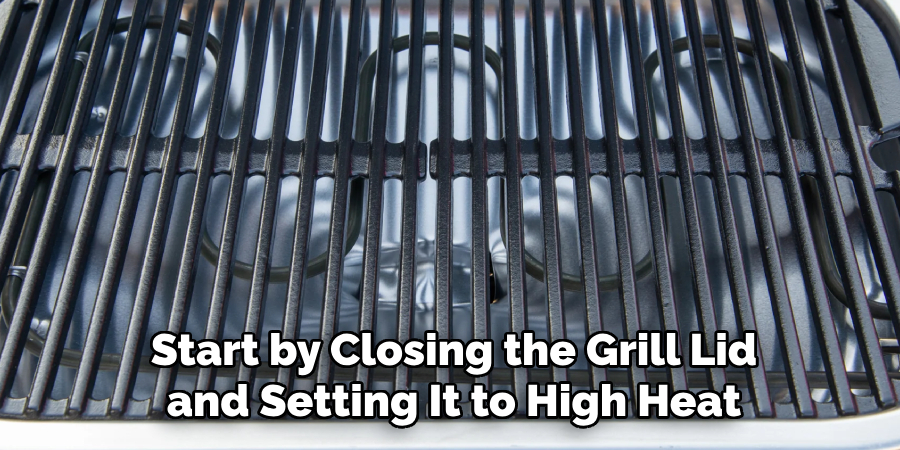
2. Use a Mild Dish Soap Solution
After removing the initial layer of grime, use a solution of mild dish soap and warm water for deeper cleaning. Mix a few drops of dish soap with warm water, then apply it to a soft sponge or cloth. Wipe down the exterior and interior surfaces, being cautious around ceramic components to prevent scratches. Avoid harsh chemicals as they can erode the ceramic finish. This method is perfect for removing grease without causing damage, maintaining the grill’s aesthetic and functional longevity.
3. Scrub with Baking Soda Paste
Baking soda is an eco-friendly abrasive that cleans without scratching. Create a paste by mixing baking soda and water until it reaches a thick consistency, then apply it to tough stains and grease spots on the ceramic surface. Allow the paste to sit for 10-15 minutes to break down the grime. Afterward, gently scrub with a soft sponge or cloth, wiping away the paste with a damp towel. This method works particularly well for stubborn residue while being gentle on the ceramic.
4. Utilize a Vinegar Solution
Vinegar is a natural cleaner that effectively removes grease and eliminates odors. Make a solution of equal parts white vinegar and water, then spray it onto the grill’s ceramic surfaces. Let it sit for about 10 minutes before wiping it down with a soft cloth. The acidity of vinegar cuts through residue, and it’s safe for ceramic. However, be careful not to use vinegar on any metal parts for prolonged periods, as it may cause corrosion.
5. Soak Grates in Hot Soapy Water
If your ceramic grill has removable grates, a thorough soak can make cleaning easier. Fill a container large enough to fit the grates with hot water and a few squirts of dish soap, then submerge the grates and let them soak for 30-60 minutes. This process helps loosen baked-on food and grease. After soaking, use a soft brush or sponge to scrub any remaining residue. Rinse thoroughly, dry, and return the grates to the grill.
6. Use a Soft Bristle Brush for Detailed Cleaning
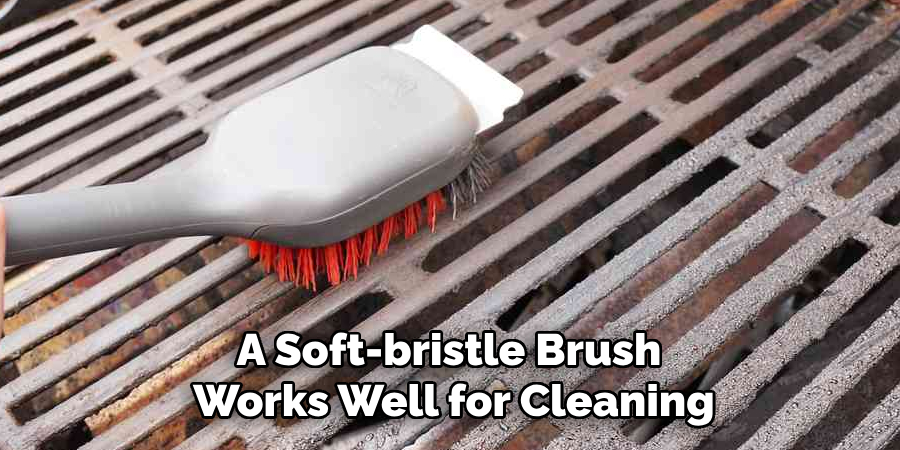
Some areas of your grill, like the hinges, vent holes, and lid edges, require extra attention. A soft-bristle brush works well for cleaning small crevices without damaging ceramic. Opt for brushes made from materials such as nylon to avoid scratches. Gently brush these delicate areas to remove ash, dust, or small debris. A toothbrush or a small detailing brush can also work well, especially for tight spaces that gather grease and ash over time.
7. Try Steam Cleaning for an Eco-Friendly Option
Steam cleaning is effective and chemical-free. Start by heating your grill to around 300°F and placing a small, heat-resistant bowl of water inside. Close the lid and let the steam build up for 10-15 minutes, which loosens grease and residue naturally. Afterward, turn off the heat, open the lid, and use a soft cloth to wipe away loosened dirt. This method is excellent for quick cleanups and is safe for ceramic, as it doesn’t involve any chemicals or abrasives.
8. Utilize a Ceramic Grill Cleaner
There are specialized ceramic grill cleaners designed to clean without damaging the surface. These cleaners are typically gentle yet effective at removing grease and residue. Spray the cleaner onto the ceramic surfaces and use a soft cloth to wipe it away. Be sure to read and follow the manufacturer’s instructions, as overuse can sometimes dull the ceramic finish. This method is ideal for regular maintenance and for those who prefer a cleaner specifically formulated for ceramic materials.
9. Burn Off Grease with High Heat
For a deep, maintenance clean, perform a “self-cleaning” burn similar to the method used in self-cleaning ovens. Set your grill to a very high temperature (around 500-600°F) and close the lid. Let it run for 10-15 minutes to burn off grease and residue. After the burn, let the grill cool, then use a grill brush to scrub off the remaining ash and debris. This method not only sanitizes the grill but also removes stubborn, hardened grease, making it ideal for occasional deep cleaning.
10. Polish with Olive Oil for a Protective Finish
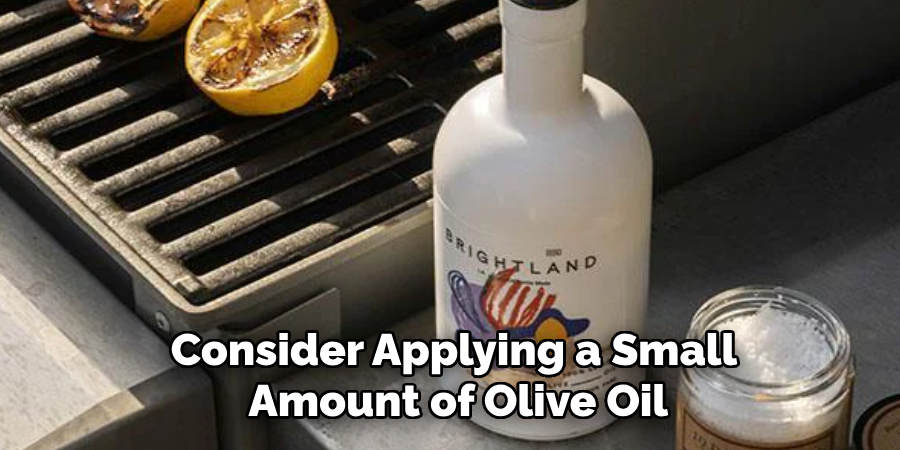
Once your grill is clean, consider applying a small amount of olive oil to the grates to keep them rust-free and make future cleanups easier. Lightly coat a cloth with olive oil, then rub it over the ceramic grates and exterior surfaces. This thin layer of oil protects the ceramic, adding a slight sheen and preventing food from sticking as easily in future use. Just be cautious not to over-apply, as too much oil can create excess smoke when you next fire up the grill.
Maintenance and Upkeep
Maintaining your ceramic grill in peak condition involves routine practices that extend its lifespan and performance. Regularly inspecting your grill for cracks or chips in the ceramic surfaces is essential, as these can develop into larger problems if left unattended. Address any minor damages promptly by consulting with the manufacturer or using recommended repair kits.
Additionally, protecting your grill from harsh weather conditions by using a suitable cover will prevent the ceramic from experiencing unnecessary wear and tear. Restocking and organizing your grilling accessories regularly, such as cleaning brushes and ceramic-friendly cleaners, ensures you’re always ready for efficient upkeep. Finally, seasonally deep-clean your grill, focusing on removing any winter rust or summer residue, to keep it performing optimally year-round. By adhering to these simple maintenance tips, you’ll ensure that your ceramic grill remains both functional and aesthetically pleasing for years to come.
Conclusion
Incorporating these cleaning and maintenance tips into your routine will ensure your ceramic grill remains in top condition, providing superior cooking experiences each time you fire it up. Regular cleaning and proactive upkeep not only enhance the grill’s performance but also prolong its lifespan, allowing you to enjoy perfectly grilled meals for years to come. Follow these simple instructions outlined in this blog post about how to clean ceramic grill, and you’ll be able to get the job done with ease.
Specialization:
- Master of wheel-throwing, hand-building, and advanced glazing techniques
- Focus on creating both functional pottery and decorative art pieces
Recognition:
- Celebrated by collectors and art enthusiasts for creating one-of-a-kind pieces that blend artistry with functionality
- Participates in local and national exhibitions, earning accolades for his innovative designs and craftsmanship
Passion:
- Deeply committed to exploring and pushing the boundaries of ceramic artistry
- Continuously experiments with new materials, firing techniques, and artistic concepts to evolve his craft
Personal Philosophy:
- Believes in the transformative power of art, aiming to evoke emotions and connections through his ceramic creations
- Advocates for sustainability in ceramics, using eco-friendly materials and practices whenever possible


